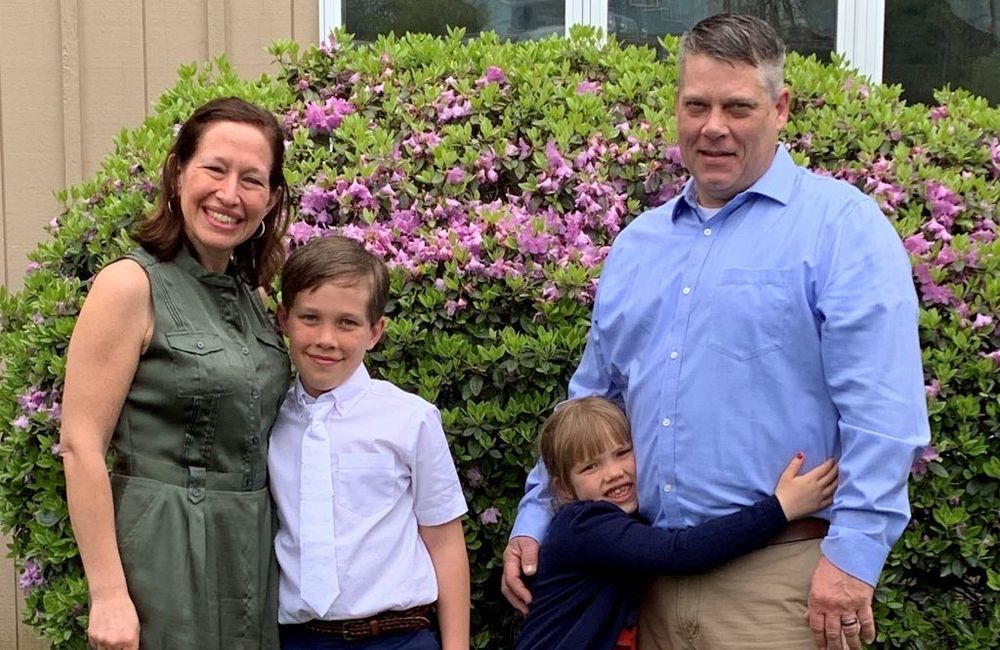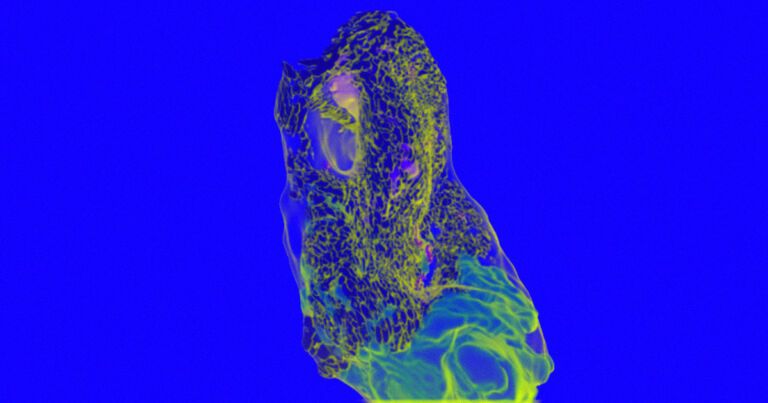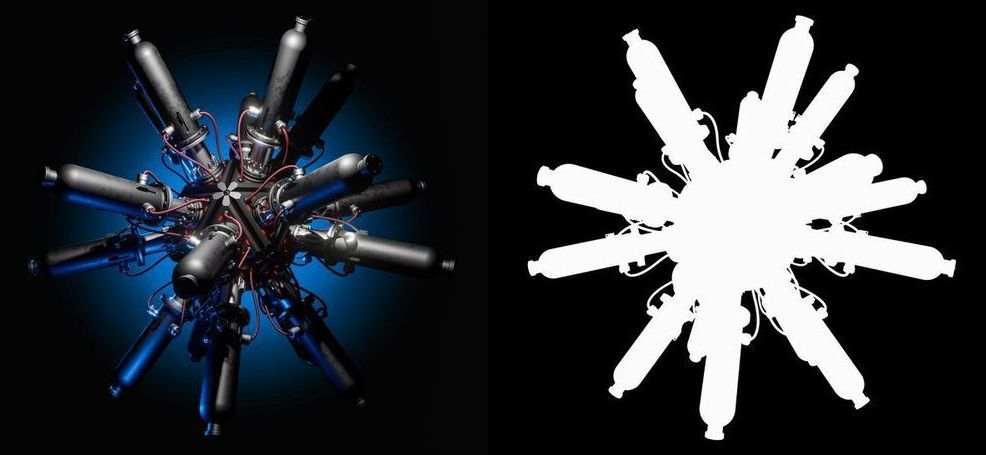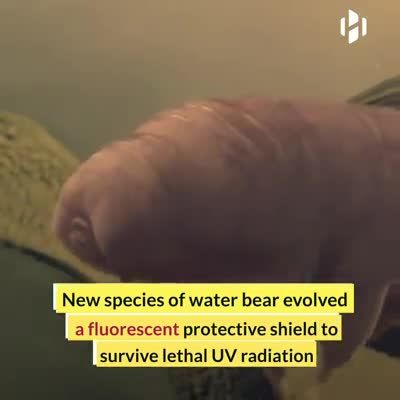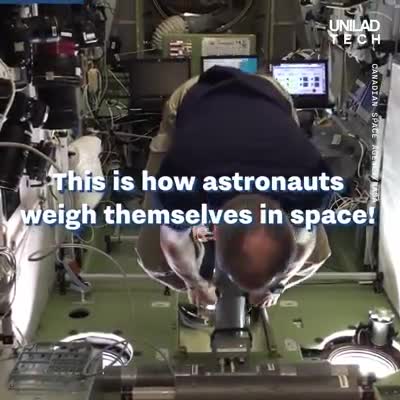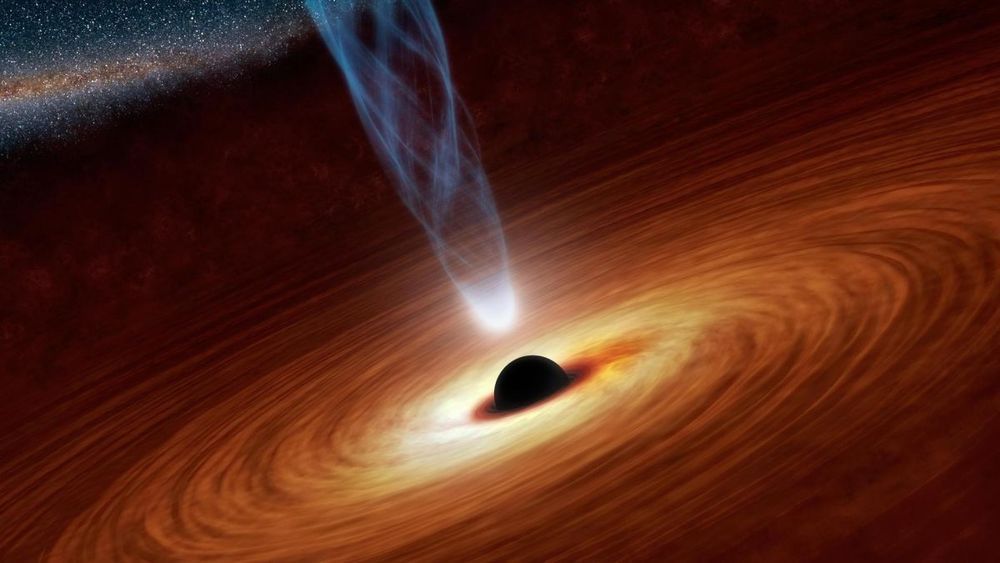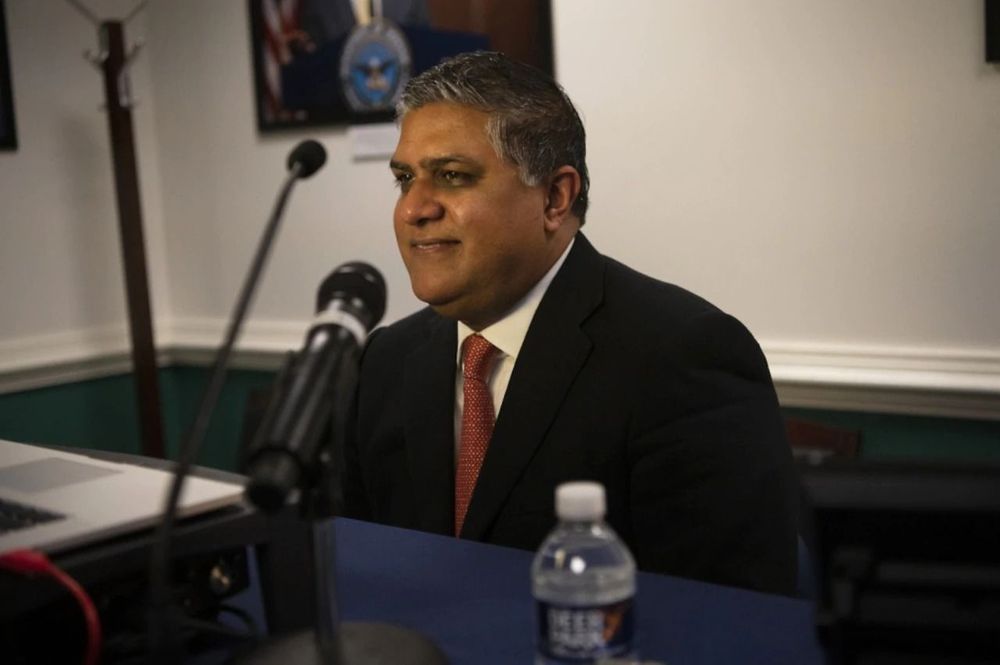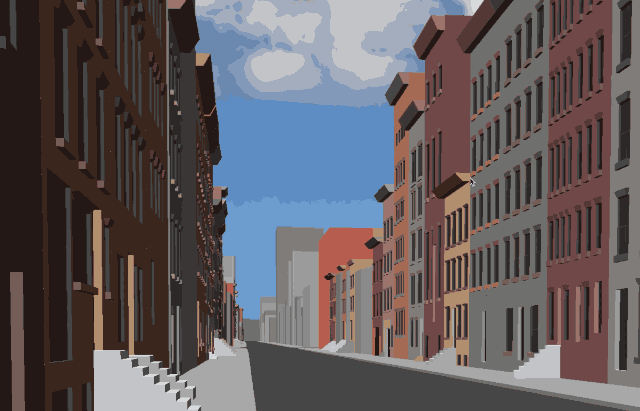An odd lump on Elizabeth Cowles Johnston’s breast prompted a Friday morning call to her primary care physician Rebecca Andrews at UConn Health.
Dr. Andrews quickly fit her in, and upon checking the lump sent her to Dr. Alex Merkulov, Section Head of Women’s Imaging at the Beekley Imaging Center at UConn Health for a mammogram and ultrasound. The following Monday she had a biopsy of her breast and by that Wednesday she had the diagnosis of breast cancer.
“It was all very quick,” says Johnston.
